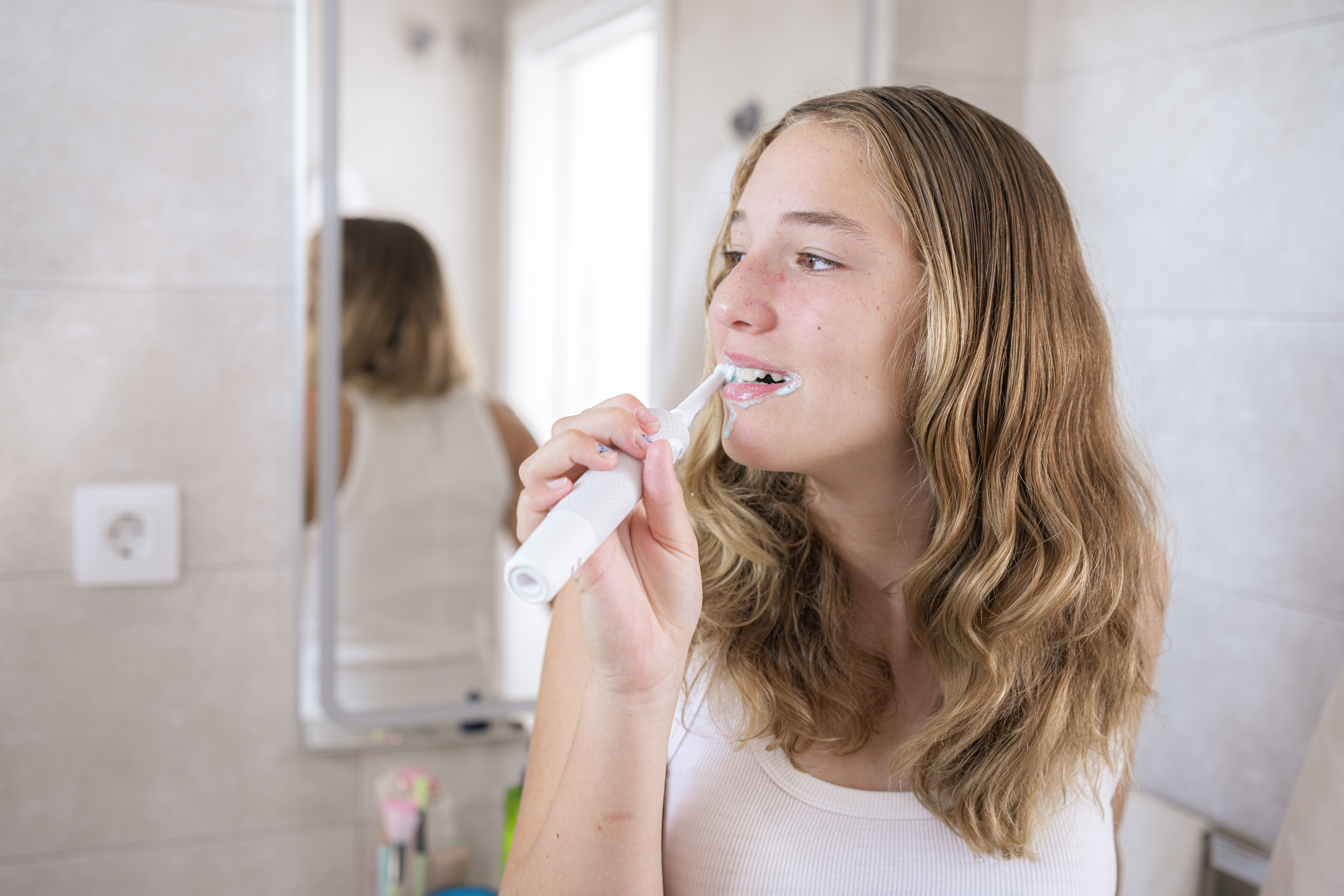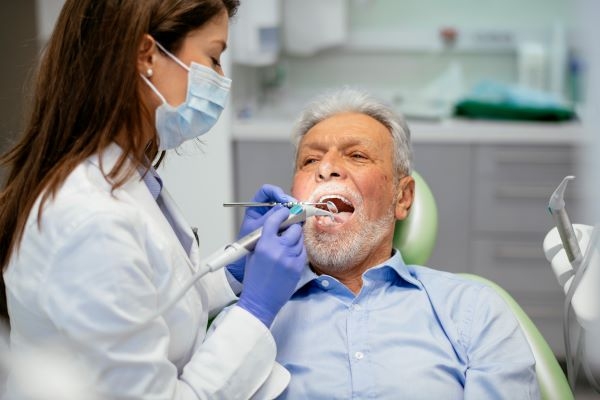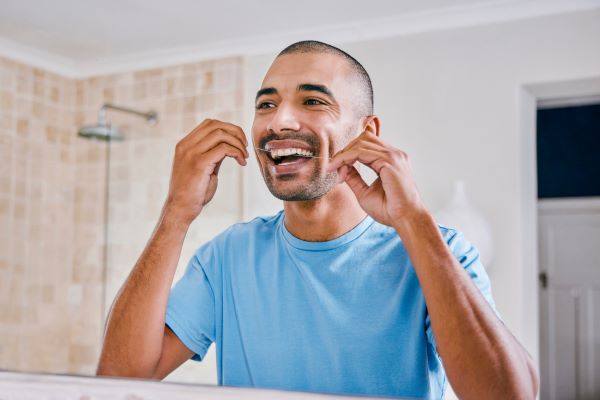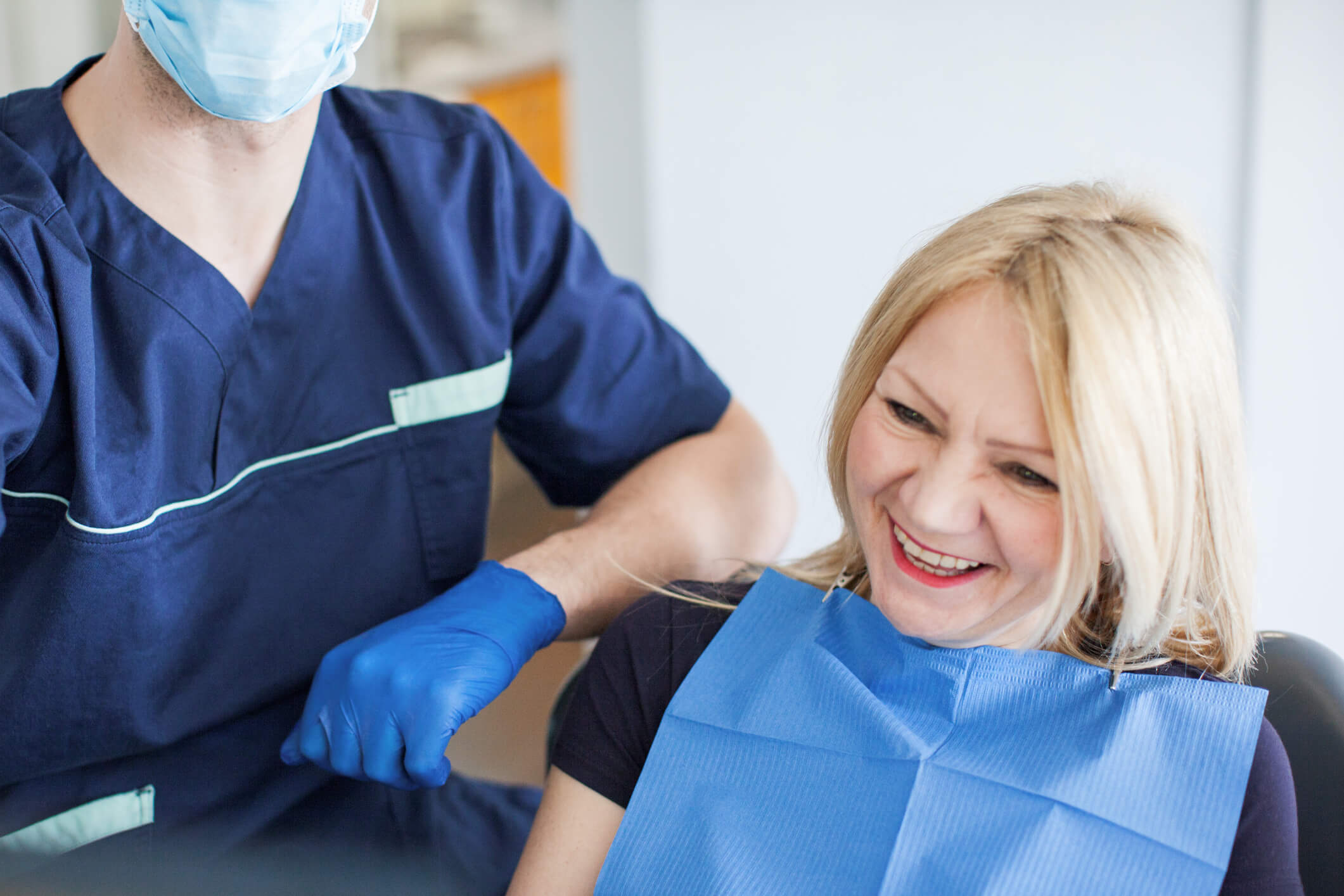-
We look at both manual and electric toothbrushes, the pros and cons, and which one may be better for your dental health.
But first, why should we brush?
Tooth enamel, the surface of your tooth, is the hardest substance in the human body, even harder than bone! A protective barrier that allows you to bite into hard nuts or ice-cold desserts – among other vital functions – without damaging the tooth's core, enamel is worth looking after.
Brushing your teeth is the simplest way to protect your teeth by preventing bacteria and plaque build-up in the mouth. Plaque is a sugar-hungry bacteria that can eat through teeth enamel and cause decay. Once a tooth decays, it's never as strong as it once was and can lead to other dental health problems. Prevention is always the best strategy to avoid potentially costly and painful dental care in the future.
A build up of plaque can also lead to gum disease.
And even if you’re regularly brushing and flossing at home, it’s a good idea to have a professional check-up and clean every six months. Your dentist can help reach plaque build up in those hard-to-reach corners of your mouth.
Hands on with the manual toothbrush
The humble toothbrush has been around for a long time, going back to 3,000 BC when our ancestors chewed the frayed end of sticks to keep their teeth in good health. Toothbrushes have come a long way since then, but the general principles behind the toothbrush remain the same. So, what does the manual toothbrush have going for it?
- Easier to handle and control: With nothing between you and the handle, you can get a better sense of what your manual toothbrush is doing and how much pressure you’re applying.
- More choices and brush options: Choose your preferred brush head size, hardness of the bristles and handle shape. Note, experts suggest sticking to a soft bristled brush to prevent damage to your gums.
- No power, no problem: No need for batteries, nor a power point to recharge. Used properly, a manual toothbrush does the job with no fuss.
A plug for the electric toothbrush
First invented in 1954, the electric toothbrush relies on very fast moving bristles to do the work for you. Improvements in battery technology means greater convenience and less hassle. So, what are some of the positives of going electric?
- Thorough clean with less effort: Many electric toothbrushes on the market can deliver over 30,000 movements per minute. With that much brushing, electric toothbrushes rely less on proper technique to get a decent clean.
- Great for people with limited motion: If you suffer from arthritis or injuries that make brushing difficult, an electric toothbrush is a great way to get into those nooks and crannies.
- Kids dig it: Having that ‘buzz’ on tap makes brushing time less of a chore. Some even feature dazzling lights and play musical tunes!
The verdict
According to Medibank Dental Adviser, Sonia Sumer you can achieve the cleanest teeth with a manual or electric toothbrush.
“Electric toothbrushes are generally easier to use, particularly for children and people with hand injuries or disabilities. However, manual toothbrushes can be just as effective if used well. If using a manual toothbrush, remember to use a soft brush and apply only gentle pressure,” she said.
A quick brush-up on brushing technique
This quick refresher course for healthy teeth and gums applies for both manual and electric toothbrushes.
- The amount of time matters. Experts recommend brushing your teeth for two minutes.
- Tilt the brush at a 45 degree angle from where the gum meets the teeth, to ensure that plaque is being swept away from the gum.
- Take a systematic approach to brushing. Start and finish at the same point, cleaning 2-3 teeth at a time instead of randomly brushing. This will ensure that you don’t miss a spot.
- Use a soft bristle toothbrush instead of a hard or medium bristle brush.
- Brush twice a day. After breakfast and before bed.
- Replace your toothbrush or electric brushhead every three months.
- Always floss.
- Always clean your tongue from back to front to reduce oral bacteria which can contribute to plaque and bad breath.
Read more: Signs it's time to visit the dentist
Do you need an electric toothbrush?


Teeth. You’d literally suck without them.
Our 100% back on dental check-ups are just one of the ways you can get great value from our extras covers. Learn more about how extras cover can help you take control of your health & wellbeing.
-
Dietitian, nutritionist or naturopath: What’s the difference?
Who should you see for professional dietary advice?
-
5 ways to eat healthy while travelling
Come home feeling refreshed, fit and energised.
-
How often should you get your teeth cleaned?
We spoke to Medibank Members’ Choice Advantage dentist Dr Jonathan Cichero to find out.
-
Daily habits for good oral health
Do you really need to floss? Is an electric toothbrush better than a manual one? Find out which habits to make (and which ones to break) for better oral health.
-
How to conquer your fear of the dentist
Dr Merrilyn Hooley's tips for a less stressful dental appointment.
-
At what point is my cold contagious?
It can sometimes seem like there is no way to avoid a cold in winter. So how can you help avoid passing it on?
Subscribe to receive the best from Live Better every week. Healthy recipes, exercise tips and activities, offers and promotions – everything to help you eat, move and feel better.
By clicking sign up I understand and agree to Medibank's privacy policy






